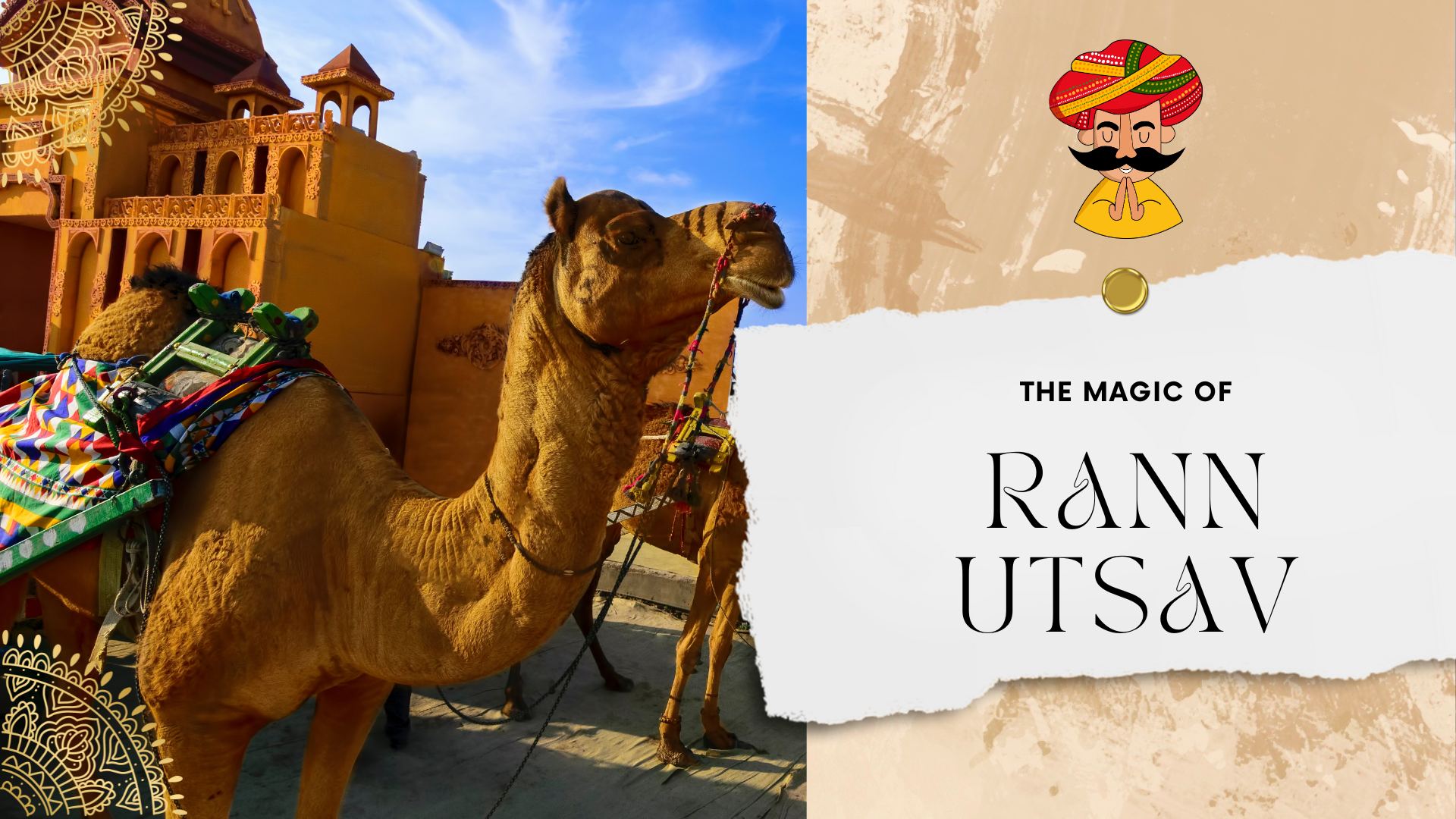The Great Barrier Reef : As you are aware if you have been reading my article, I enjoy discussing Australia a lot. I really lived there for over five years, from 2008 to 2013, which is one of the reasons behind that. Another reason is that, although I used to love cricket, getting up really early to watch a test series on TV in India used to be a very different experience. If you need another reason, let me say that I have a strong passion for cooking and that MasterChef Australia has been a major part of my life for the past ten years.
With this background in mind, I would like to return to Australia today. This time, I wanted to discuss about the Great Barrier Reef, a beautiful underwater wonderland located off the eastern coast of Australia. Let’s examine this natural beauty, its amazing reefs, and the plethora of activities it provides, as well as why it is a top travel destination for people all over the world.
First, let’s examine it from a geographical perspective. The Great Barrier Reef, the biggest coral reef system in the world, is tucked away in the Coral Sea off the Australian state of Queensland. It is made up of more than 2,900 distinct reefs and 900 islands, spanning over 2,300 kilometers. Together, these reefs constitute an ecosystem that is unmatched in its diversity of marine life. It’s a prominent destination on many travelers’ bucket lists since it’s a site where nature’s artistic talent is on full show. For nature lovers, divers, and anybody else hoping to see one of the world’s most amazing natural wonders, the reef’s colorful underwater ecosystems and magnificent vistas offer a special combination of adventure and greatness.
Going forward, I wanted to take some time to talk about the various kinds of reefs that can be found all over the world. Each of these has distinct qualities and ecological importance of its own. The reefs are primarily divided into three types: atolls, barrier reefs, and fringing reefs. Each form of reef displays a distinct stage of coral development.
The most prevalent kind of coral reefs are called “fringing reefs,” since they are immediately affixed to the coast or border an island. These reefs are especially easily accessible to tourists, providing colorful locations for diving and snorkeling only a short swim from the beach.
As its name implies, barrier reefs are found parallel to the shoreline, but wider, deeper lagoons divide them. The largest example of this kind is the Great Barrier Reef, which creates calm waters that support a rich biodiversity by acting as a barrier against ocean waves and storms.
Next Article: Top 10 Places To Visit In Holland
Round or oval reefs that enclose a lagoon but do not encircle an island are known as atolls. They reflect a later stage in reef formation, providing unique conditions for specialist marine animals, although being less prevalent in the Great Barrier Reef.
After talking about that, let’s examine a crucial query that I encounter frequently. What Makes Australia’s Great Barrier Reef So Special? The breathtaking biodiversity of the Great Barrier Reef is what makes it stand out from other natural marvels. More than 1,500 different species of fish, 400 different kinds of coral, dozens of whale and dolphin species, hundreds of bird species, and a diverse array of invertebrates and sea turtles call this sanctuary home. Because of its immense diversity, the Barrier Reef serves as both an amazing underwater exhibit for tourists and a living laboratory for scientists.
For Indigenous Australian groups, the Great Barrier Reef has great cultural significance in addition to its ecological worth. These cultures have been deeply spiritually connected to this maritime environment for thousands of years; they have incorporated elements of it into their rituals, storytelling, and artwork, and they depend on its resources for their livelihoods.
After talking about it, let’s take a closer look at the things to do there, when is the best time to go, and how important it is to the world overall in relation to other reefs. This location offers a wide range of activities that help tourists fully enjoy its beauty and biodiversity, whether they are adventurers or nature lovers.
Among the most well-liked activities are definitely snorkeling and diving, which offer up-close interactions with the reef’s colorful aquatic life. Visibility in the pristine seas is endless, displaying a multitude of coral species, vibrant fish, and captivating marine life. Deeper exploration of the reef reveals hidden treasures for the more daring, such as historic shipwrecks and quiet coral gardens filled with life.
Boat tours, which range from day cruises to multi-day liveaboard experiences (where you stay on the yacht or sailing boat), provide a more laid-back approach to see the Great Barrier Reef. For those who would rather stay dry, glass-bottom boats offer a view into the underwater world, while sailing excursions offer a tranquil way to explore the vastness of the reef, making stops at picturesque islands and remote beaches along the way.
Island visits inside the reef provide a special fusion of activities on land and marine exploration. Jewels inside the reef, islands like Hamilton, Whitsunday, and Fitzroy offer immaculate beaches, five-star hotels, and activities like hiking, sea kayaking, and bird viewing. These islands provide a view of the region’s beautiful landscapes and diverse ecosystems, and they provide excellent bases for exploring the surrounding reef.
And this is a significant one. The climate of the area plays a major influence in determining the best time to visit the Great Barrier Reef. The rainy season, which runs from November to March, and the dry season, which runs from April to October, are the two primary seasons of the year in the tropical environment that the reef experiences.
The optimum time to visit the reef is generally agreed to be during the dry season, which offers bright days, reduced humidity, and ideal water conditions for diving and snorkeling. These months offer the best visibility, which makes them perfect for underwater exploration and photography. A variety of marine species, including sea turtles breeding and whales on their migratory journey, is also drawn to the cooler water temperatures.
Prior to our conclusion, let me also add that although the Great Barrier Reef is the world’s biggest and most well-known coral reef system, it is only one of many breathtaking reefs. Since every reef is different from the others in numerous ways, they can never be compared.
The second biggest reef system in the world, the Belize Barrier Reef, is home to a wide variety of marine life, including the critically endangered West Indian manatee. The Great Barrier Reef is unique, though, because of its immense expanse and the range of activities it provides, from secluded island getaways to top-notch diving locations.
The Middle East’s Red Sea Coral Reef is well-known for its glistening underwater life, ancient wrecks, and pristine waters. The Great Barrier Reef is unmatched in terms of accessibility, variety of activities for explorers of all skill levels, and conservation initiatives, even though it provides excellent diving chances.
Indeed, the Great Barrier Reef is a dynamic, living example of the complexity and beauty of our natural world, not only a tourist attraction. a UNESCO World Heritage site that is frequently cited as one of the world’s seven natural wonders. When will you be seeing this amazing marvel to learn more? All I can say is that you will celebrate life anytime you come visit!
Disclaimer
All the information given in this blog is for your information only and is not used for commercial purposes. Although we do not ensure the accuracy and completeness of this information. We make every possible effort to do so, but there may still be some errors in it. We Will not be held liable in any way for possible damages arising from the use of the article.




